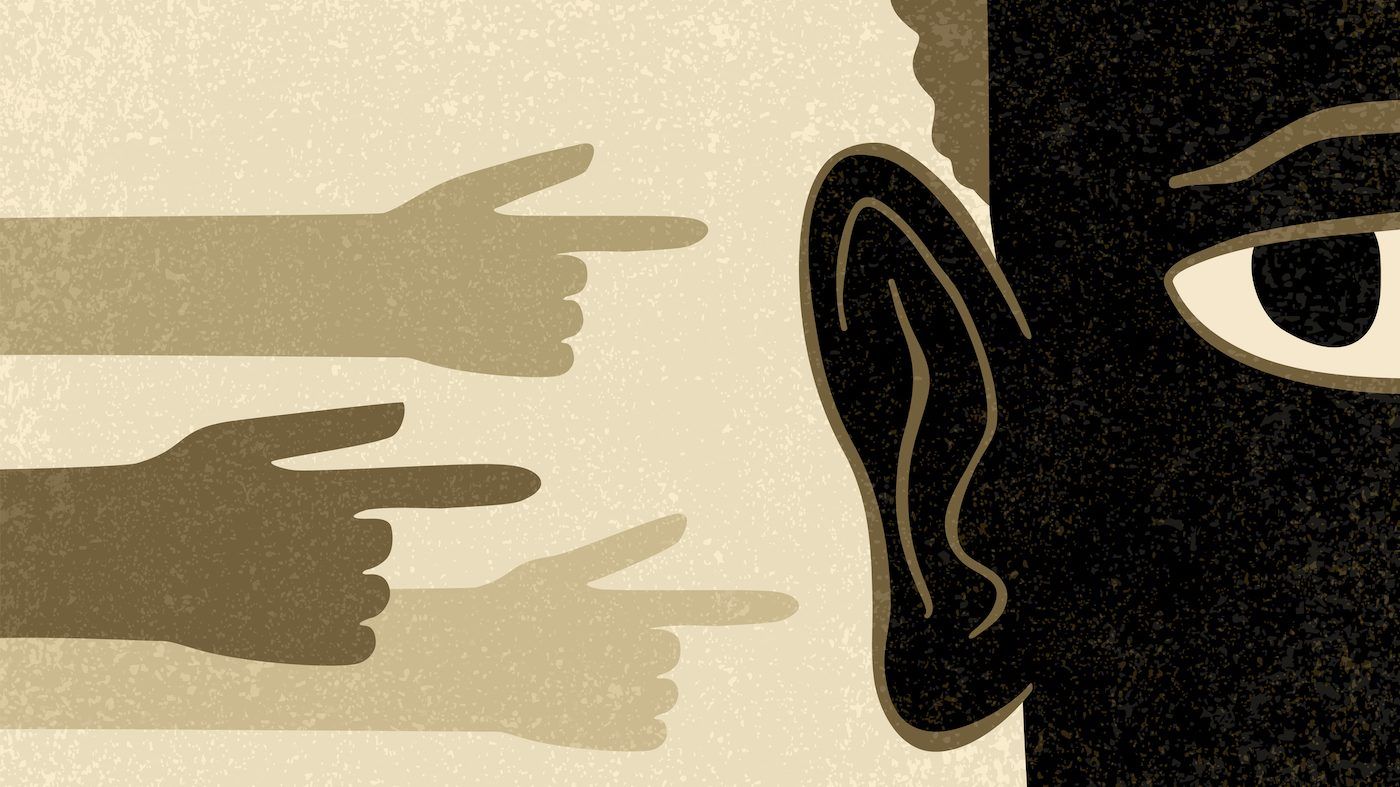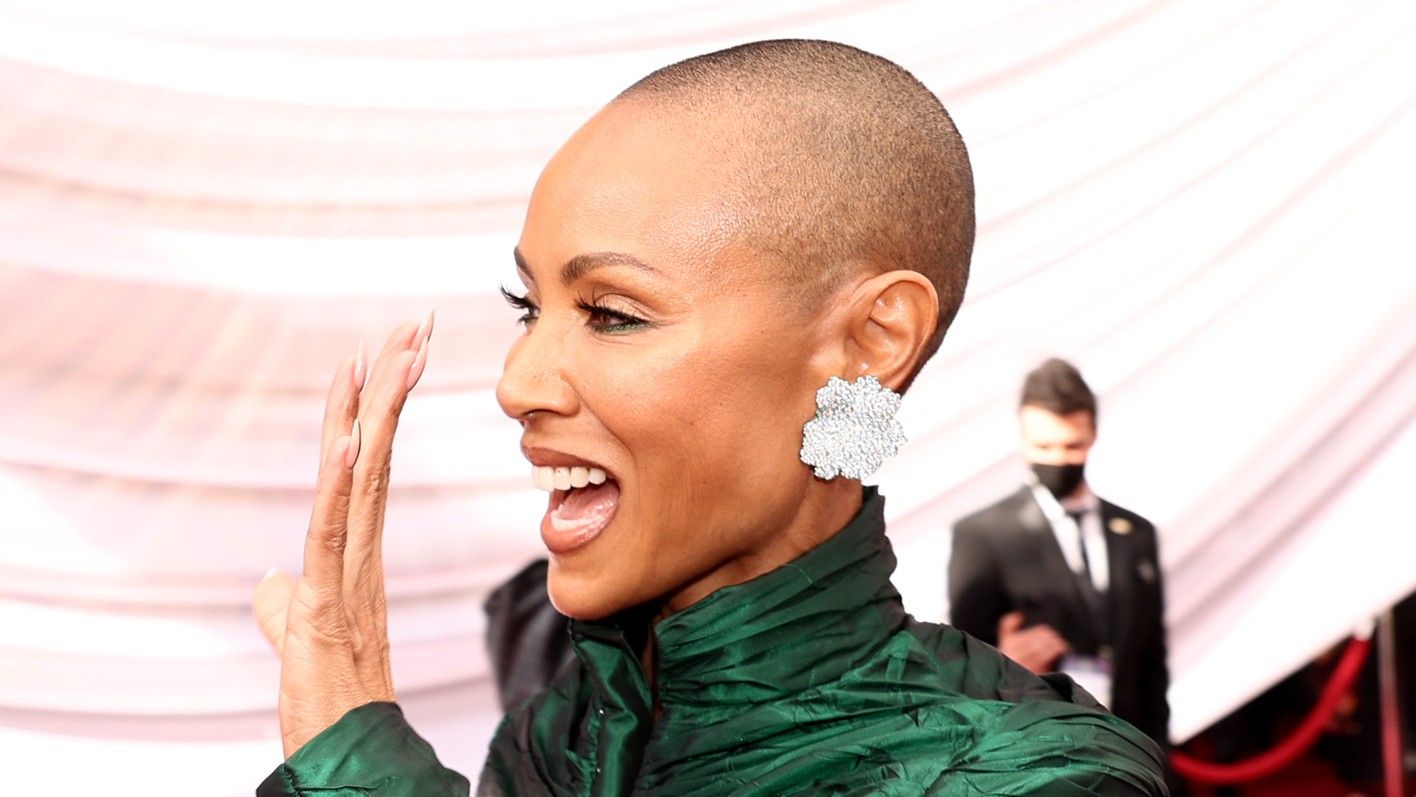race, economic status affect depression treatment outcomes
even people receiving identical treatment for depression will see different levels of improvement based on social determinants of health, according to a new study.
what to know about alopecia, the disorder behind the oscars' most dramatic moment
will smith hit chris rock after the comedian made a joke about his wife jada pinkett smith, who's been open about her hair loss.
got a sense of impending doom? can't breathe? it could be a panic attack
panic attacks have been on the rise since the start of the pandemic, and while not life-threatening, panic attacks feel really awful. here's how to cope.
 4 minute read
4 minute read









